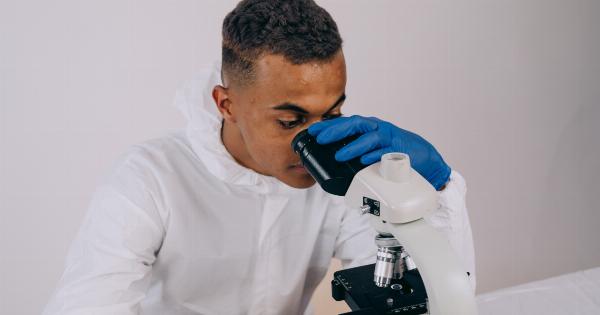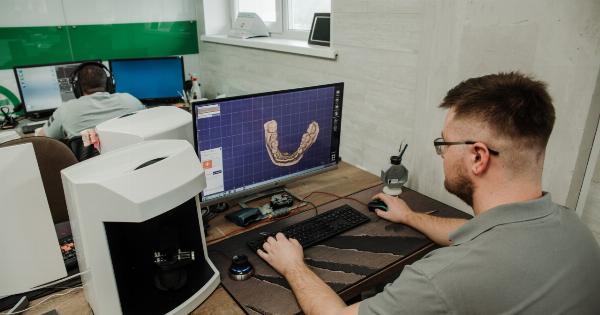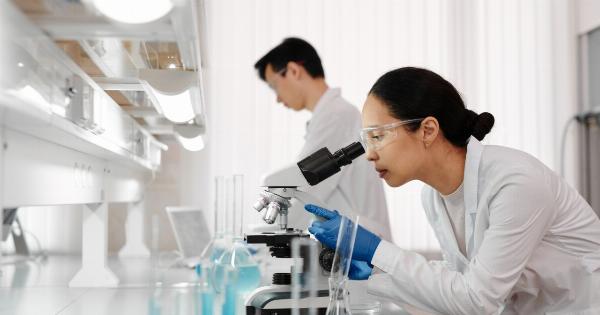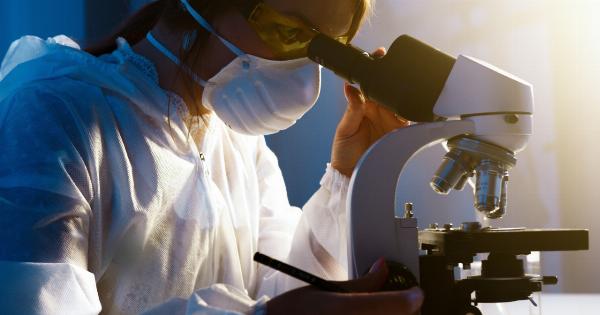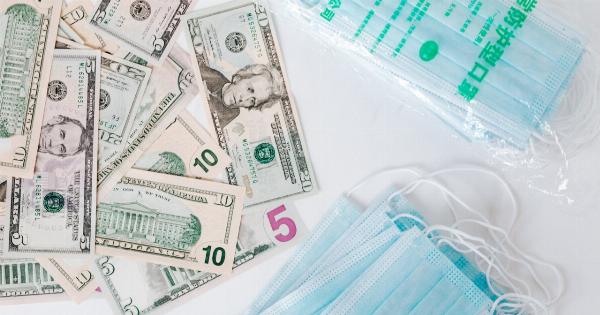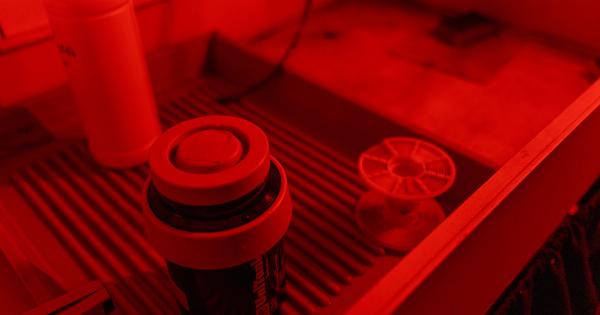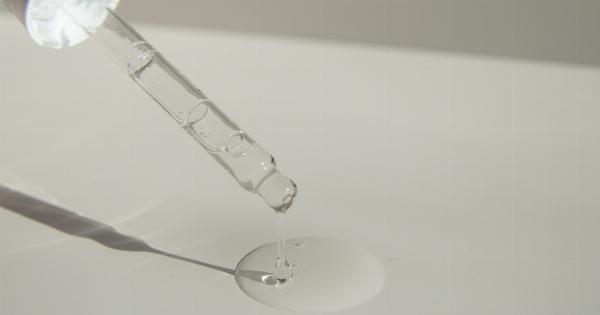In recent years, the demand for organ transplants has been steadily increasing, while the supply of viable grafts has been dwindling. This persistent shortage of organs has led to long waiting lists, suboptimal outcomes, and even the loss of lives.
However, medical science is constantly evolving, and researchers and clinicians are working tirelessly to find innovative solutions to address this critical problem. In this article, we will explore a cutting-edge transplant solution that shows great promise in overcoming the challenges posed by the dwindling supply of grafts.
The challenge of organ transplantation
Organ transplantation has been instrumental in saving countless lives and improving the quality of life for those suffering from end-stage organ failure. However, the demand for organs far exceeds the supply.
The shortage of grafts is primarily due to several factors:.
1. Limited organ donors
One of the main reasons behind the dwindling supply of grafts is the limited number of organ donors. Many organs are procured from deceased individuals who have voluntarily chosen to donate their organs.
Unfortunately, the number of people willing to become organ donors remains relatively low, creating a bottleneck in the transplantation process.
2. High graft rejection rates
Graft rejection, where the recipient’s immune system recognizes the donor tissue as foreign and attacks it, is a common problem in organ transplantation. Despite advancements in immunosuppression, the risk of graft rejection remains high.
This contributes to the limited number of viable grafts available for transplantation.
3. Perishability of organs
Organs, particularly those procured from deceased individuals, have a limited window of viability outside the body. This restricts the time available for transportation and assessment before the organ becomes unsuitable for transplantation.
The perishability of organs further adds to the challenge of meeting the demand for grafts.
The cutting-edge transplant solution
A breakthrough solution that has emerged to address the dwindling supply of grafts is xenotransplantation. Xenotransplantation involves the transplantation of organs, tissues, or cells from one species to another.
In the context of organ transplantation, it refers to the transplantation of animal organs into humans.
1. Advantages of xenotransplantation
Xenotransplantation offers several advantages over traditional organ transplantation methods:.
a. Increased organ availability
By utilizing animal organs, xenotransplantation significantly expands the pool of available grafts. This potential influx of organs could potentially meet the ever-growing demand for transplantation, saving countless lives in the process.
b. Reduced risk of graft rejection
Animal organs provide an alternative source of grafts that can potentially reduce the risk of rejection.
While the immune system recognizes animal tissue as foreign, advancements in genetic engineering and immunosuppressive therapies show promise in reducing the intensity of the immune response, increasing the chances of successful transplantation.
c. Longer preservation time
Compared to human organs, animal organs can provide a longer window of viability outside the body.
This extended preservation time improves transportation logistics and allows for more thorough assessment and preparation before transplantation, increasing the chances of successful outcomes.
2. Overcoming immunological barriers
One of the major challenges in xenotransplantation is overcoming the immunological barriers between species.
The immune system of the recipient recognizes the differences between its own species and the donor species, triggering a response that leads to graft rejection.
To address this issue, researchers are exploring various strategies:.
a. Genetic engineering
Advancements in genetic engineering play a crucial role in xenotransplantation. Scientists are modifying animal genomes to produce organs with reduced immunogenicity.
By targeting specific genes responsible for provoking a strong immune response, they are developing genetically modified pigs that can potentially provide suitable organs for transplantation.
b. Immunomodulatory therapies
Immunomodulatory therapies, such as the use of immunosuppressive drugs, antibodies, and other immune-modifying agents, are being explored to manage the immune response during xenotransplantation.
These therapies aim to suppress the recipient’s immune system enough to prevent graft rejection while maintaining its ability to fight infections.
c. Tolerance induction
Tolerance induction involves training the recipient’s immune system to accept the foreign organ as “self.” This approach combines genetic modification and immunomodulatory therapies to create a state of tolerance towards the transplanted organ. While still in the early stages of development, tolerance induction holds great promise in preventing graft rejection in xenotransplantation.
3. The potential impact
If successful, xenotransplantation could revolutionize the field of organ transplantation and alleviate the burden caused by the dwindling supply of grafts.
It has the potential to save countless lives, reduce waiting times, and improve the outcomes of transplantation procedures. However, further research and clinical trials are necessary to ensure the safety and efficacy of xenotransplantation in humans.
Conclusion
The shortage of viable grafts for organ transplantation has been a persistent challenge in modern medicine.
However, advancements in medical science, particularly in the field of xenotransplantation, offer a cutting-edge solution to address the dwindling supply of grafts. By utilizing animal organs and overcoming immunological barriers, xenotransplantation shows great promise in expanding the pool of available grafts, reducing the risk of graft rejection, and prolonging organ viability.
The successful implementation of this innovative approach could have a profound impact on the field of organ transplantation, potentially saving countless lives and improving outcomes for those in need of life-saving grafts.




